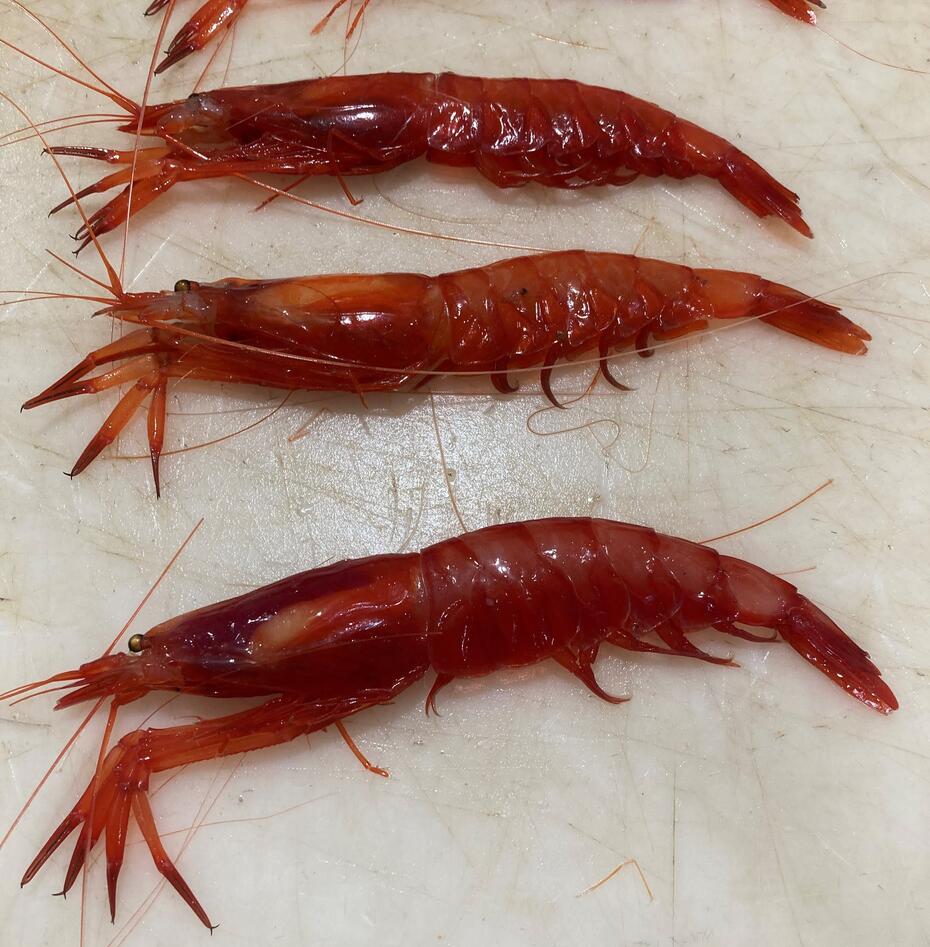Carl completes his Master degree
Carl was a visiting student at the HypOnFjordFish project from the Freie University, Berlin. He has been studying the effects of hypoxia on mesopelagic crustaceans

Hovedinnhold
Carl Bukowski submitted and presented his thesis “Effect of hypoxia on the community structure and trophic ecology of diel vertical migrating crustaceans in Norwegian fjords” in January 2022.
Carl's research evaluated the effects of an event of hypoxia in Masfjord, a west-Norwegian fjord, on the abundance and biomass of four species of mesopelagic crustaceans (Meganyctiphanes norvegica, Pasiphaea multidentata, Pasiphaea sivado and Sergestes arcticus) from 2012-2020. His findings show that the abundance and biomass of the species generally declined as oxygen levels decreased in the basin water of the fjord. The data suggest a decline in populations of S. arcticus and Pasiphaea spp., with negative trends throughout the water column, while M. norvegica appeared less affected. However, Carl noted that a potential increase in the abundance of the jellyfish Periphylla periphylla over the same time period could also have influenced the crustacean populations.
Carl also investigated the trophic ecology (who eats what) of the same crustaceans and compared four fjords that had differences in the basin water oxygen concentrations and distance from the coast. For this question, he used Stable Isotope Analysis (SIA). SIA is, shortly put, a method where we use the concentration of certain elements' isotopes, such as carbon and nitrogen, to learn something about what an organism feeds on. Carl found that M. norvegica had similar signatures of stable isotopes (and were thus feeding on the same trophic level) as S. arcticus, while P. multidentata was more similar to P. sivado (fig. 1). His data also showed that the signature for 15N (one of the isotopes of nitrogen) decreased with increasing distance from the outer coast.

Fig. 1: Stable isotope signatures for 15N for the four mesopelagic crustacean species studied by Carl in relationship to their fjord of origin. Triangles indicate the mean values for each species/fjord, error bars the respective standard deviation.
Carl presented his thesis for the HypOnFjordFish group before returning to his home university. The thesis was supervised by Dr Natalya Gallo and Prof. Anne Gro Vea Salvanes (Fjord and Coastal Ecology) at UiB, while Prof. Dr Jens Rolff was his internal supervisor at the Freie University of Berlin.

Left: a bucket of mesopelagic organisms, including some of the crustaceans studied by Carl. Right: detailed pictures of three crustacean species.
